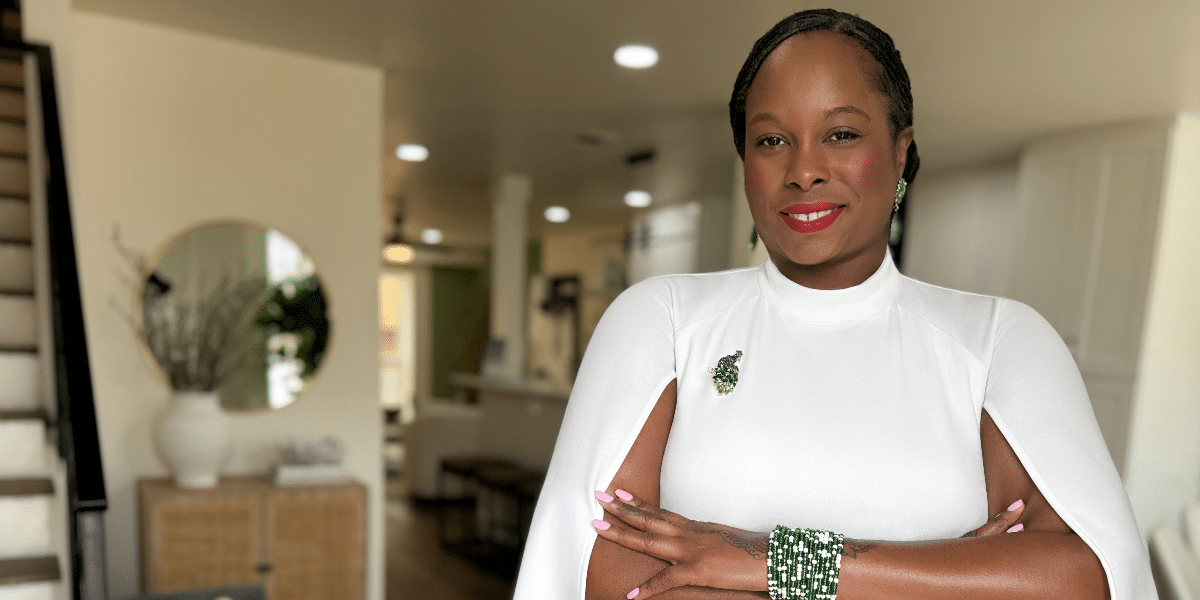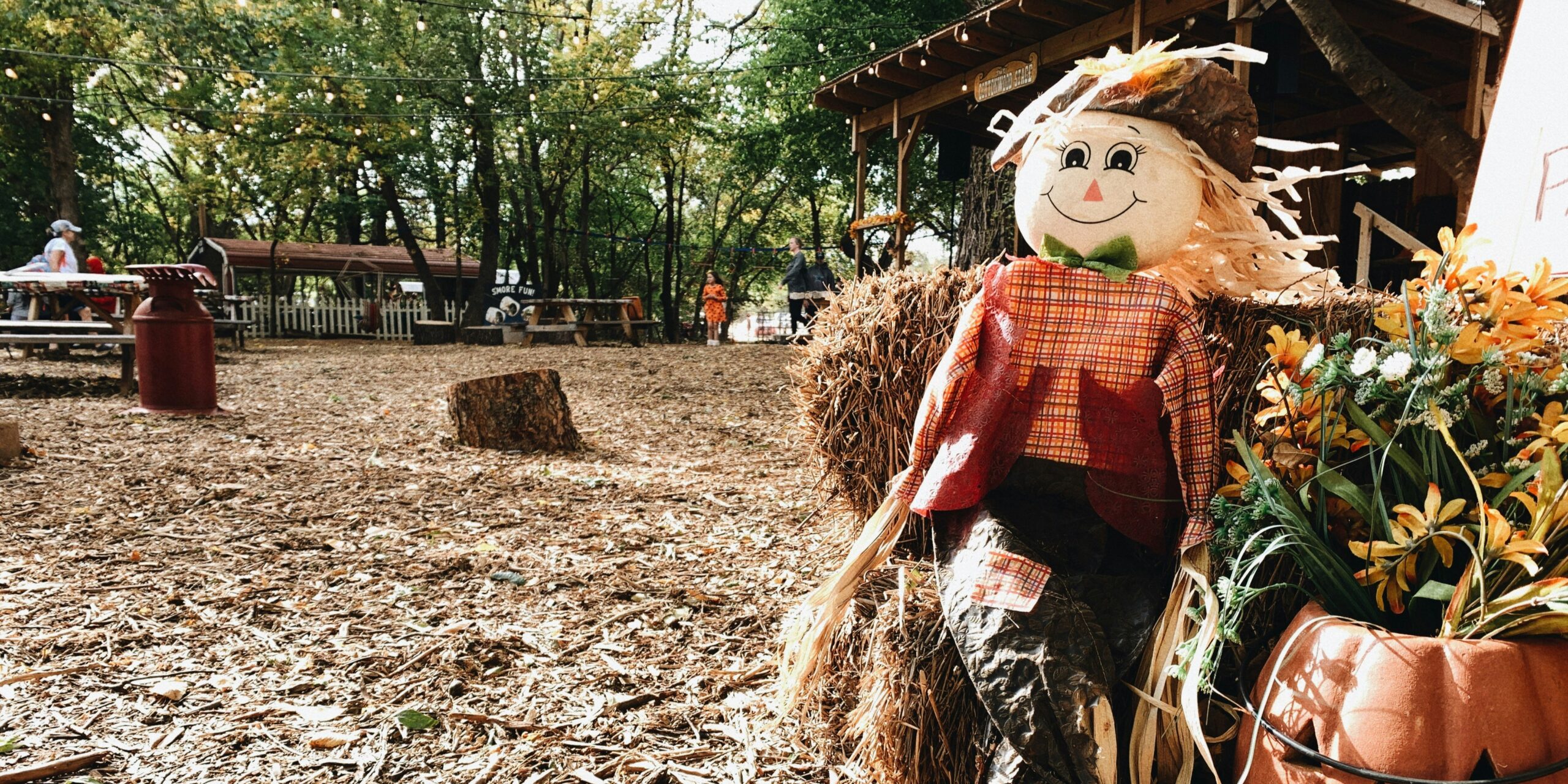How Did Bakersfield Get So Country?
Forget the rhinestone glitz and polished sound of mainstream country music. The Bakersfield Sound, born in the blue-collar bars and honky-tonks of Bakersfield, California, was country’s rebellious cousin. It was raw, twangy, fueled by hard-living stories of heartbreak and honky-tonk nights, and it became the soundtrack for a generation of working-class Californians.
The rise of the Bakersfield Sound is a classic story of migration and changing times. During the Dust Bowl era of the 1930s, many folks from Oklahoma, Texas, and the South moved to California seeking a better life. They brought their love of traditional country music and the desire to leave hardships behind. Bakersfield, with its oil fields and agricultural roots, became a hub for these new Californians.
In the 1950s and 60s, as Nashville country music was getting slicker with string sections and pop influences, Bakersfield became a hotbed for a different sound. It was all about simple arrangements, piercing Telecaster guitar licks, driving rhythms, and the plaintive vocals of singers who weren’t afraid to show a little grit.
The Bakersfield Legends
Buck Owens: Owens wasn’t just a great singer; he was a charismatic showman. With his rhinestone-studded suits, infectious smile, and the backing of his incredible band, the Buckaroos, he brought an energy to country music that audiences at the time hadn’t often seen. He also co-hosted the popular TV show “Hee Haw,” further spreading the Bakersfield Sound into homes across America. His hits, like “Act Naturally” (later covered by The Beatles!) and “I’ve Got a Tiger By the Tail”, were catchy, upbeat, and despite their polished delivery, often hid a slightly sly undertone that was pure Bakersfield.
Merle Haggard: If Owens was the flashy star, Haggard was the soulful poet. His music spoke unflinchingly about his troubled past, including a stint in prison, and connected deeply with working-class audiences. Songs like “Mama Tried,” telling the story of a boy gone wrong despite a loving mother, and the controversial yet iconic “Okie From Muskogee” struck a nerve. With raw, honest lyrics and his distinctive baritone, Haggard wasn’t just a singer; he was a chronicler of the struggles and resilience of overlooked Americans.
Wynn Stewart: Stewart embodied the Bakersfield Sound’s heartbreak. His voice, with its mournful twang, carried the weight of bad romances and late-night regrets. Songs like “Wishful Thinking” and “Another Day, Another Dollar” were anthems for anyone who’d ever loved and lost, set against the backdrop of weeping steel guitars and shuffling drums. Stewart’s ballads became classics, embodying the raw emotion that set Bakersfield apart from the mainstream.
These artists, along with countless others, weren’t just creating music; they were giving voice to a West Coast experience that felt worlds away from the romanticized image of Nashville country.
The Sound that Didn’t Fade
The Bakersfield Sound wasn’t just about its classic era. Its influence is woven deeply into later generations of country music. Artists like Dwight Yoakam modernized the Bakersfield aesthetic in the 1980s, proving there was still a huge hunger for authenticity and twang. “The Bakersfield Sound represents a timeless strain of country music,” notes a music critic. “It’s about real emotion, relatable stories, and a sound that just feels honest.”
Today’s “outlaw country” artists like Chris Stapleton and Sturgill Simpson owe a debt to Bakersfield’s legacy. They honor the tradition of heartfelt songwriting, the unpolished vocals, and the willingness to go against the mainstream.
There were several factors that fueled Bakersfield’s unique sound:
- Working-Class Pride: Nashville was often associated with the country music industry – polished studios, producers, and an increasing focus on crossover pop appeal. Bakersfield was the opposite. Its music was born in honky-tonks filled with oil field workers, farmhands, and people grabbing a beer after a long shift. The songs weren’t about aspirational wealth or fame; they were about the everyday struggles, heartbreaks, and small joys that resonated with a blue-collar audience. This unpretentious attitude gave the Bakersfield Sound an authenticity that set it apart.
- West Coast Energy: While Bakersfield artists drew heavily on traditional country music, there was an undeniable California flavor to their work. Having migrated west during hard times, there was a sense of restlessness, even a bit of defiance, in the music. This wasn’t about preserving old traditions; it was about forging something new, a sound that reflected the energy and changing identity of the West Coast working class. The result was music that felt less bound by country music’s “rules,” and more alive with a raw, dynamic spirit.
- Musical Innovation: Bakersfield wasn’t a museum of old-timey country. Here, musicians were hungry to experiment. They took the familiar fiddle and steel guitar but added in driving drumbeats borrowed from rockabilly and the bright, biting sound of the electric Telecaster guitar, a relative newcomer to country music. It wasn’t about being flashy, but about creating a sound that felt as energetic and assertive as the people it was made for. This blend of tradition and innovation pushed the boundaries of what country music could be.
Experience Bakersfield Today
While the heyday of Bakersfield’s honky-tonks might be history, the spirit and legacy of the sound live on. Here’s how you can experience it:
- Buck Owens’ Crystal Palace: More than just a museum, the Crystal Palace is a living testament to Bakersfield’s musical heyday. Visitors can explore exhibits on Buck Owens’ life and career, admire his iconic guitars and stage costumes, and immerse themselves in the history of the Bakersfield Sound. But the real magic happens when you catch a show. The venue regularly hosts top-tier country acts, from veteran stars to up-and-comers carrying the Bakersfield torch.
- Trout’s: For a truly authentic experience, Trout’s is the place to be. This iconic honky-tonk has been a Bakersfield fixture for decades. The walls are lined with country music memorabilia, the dance floor is well-worn, and the beer is always cold. While it’s no longer the epicenter of a musical revolution, Trout’s remains a place where you can feel the echoes of the Bakersfield Sound and get a taste of its unpretentious, boot-stomping spirit.
- Modern Bakersfield-Influenced Artists: The Bakersfield Sound’s legacy isn’t confined to the past. A new generation of artists are keeping the tradition alive while adding their own modern twists. Check out bands like The Derailers, who mix classic Bakersfield twang with a rockabilly edge. Red Simpson’s heartfelt songs and old-school stage presence have earned him the nickname “The Bakersfield Bard.” Dale Watson, with his smooth vocals and witty lyrics, channels the spirit of the Bakersfield outlaws with a contemporary flair. Seek out these artists and their contemporaries to discover how the Bakersfield Sound continues to evolve and inspire.




